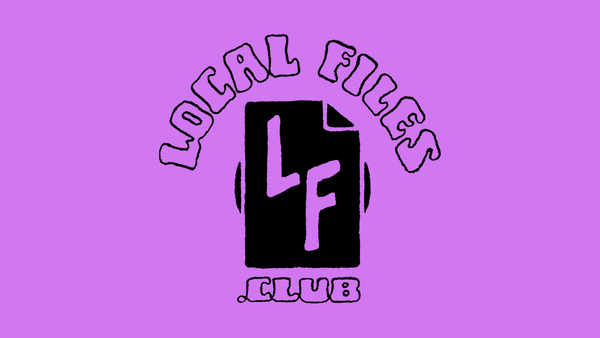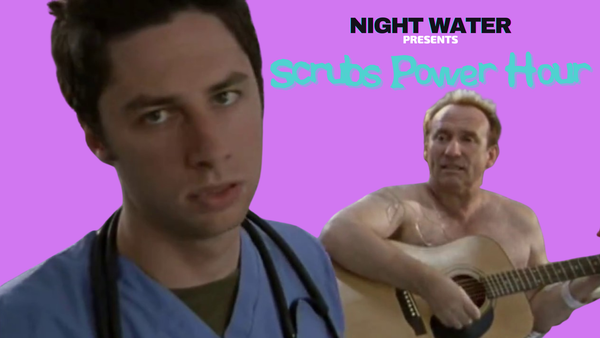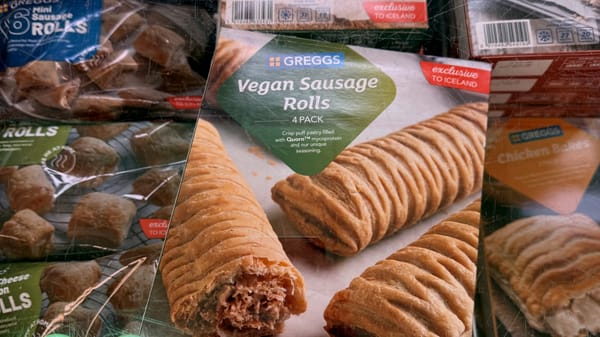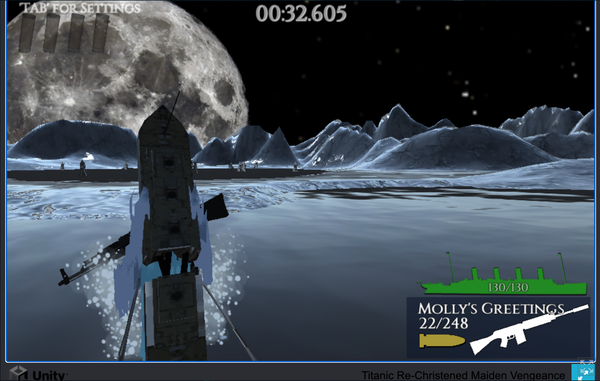It's time to bring back Mario Chase
It's been 10 years since we first played tag with Mario. It's time to start the chase again.
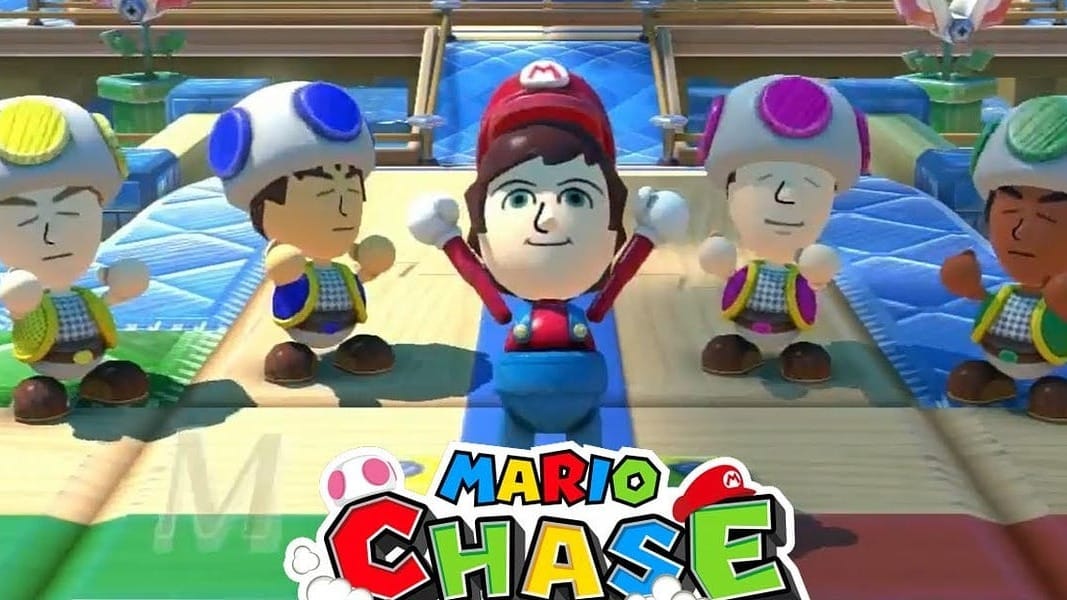
I've been nostalgic for my Wii U lately. Well, not really. The Wii U, Nintendo's follow-up to its incredibly popular Wii console, was an abject failure in almost every way. Nintendo only sold 13.5 million of the things during the console's brief life, compared to the over 100 million Wii units they sold. Really, I'm nostalgic for Mario Chase.
I bought a Wii U in 2014, the summer after I graduated college, I think because I wanted to play Mario Kart 8, though honestly I cannot remember my thought process in the slightest. I remember I had three games: Mario Kart, which I purchased, Pikmin 3, which I got for free because Nintendo was so desperate for anyone to buy these things that they were giving away games to anyone willing to pick one up, and Nintendo Land, the free pack-in title that came with the console.
Nintendo Land was a surprise hit among my friends. A collection of twelve mini-games, all "attractions" at a Nintendo-themed amusement park, Nintendo Land was designed to showcase the Wii U's defining feature: the Wii U GamePad. Like the Wii Remote before it, the GamePad was designed to unlock several unique gameplay scenarios that would set the console apart from its more powerful competitors.
Chief among them was the concept of asymmetric gameplay. The GamePad featured a 6.2-inch touchscreen smack dab in the middle of it. A player with the GamePad could have an entirely different view of the gameplay from those playing on the TV. Like Wii Sports explained the Wii Remote to new Wii buyers, Nintendo Land was meant to explain asymmetric gameplay to Wii U buyers.
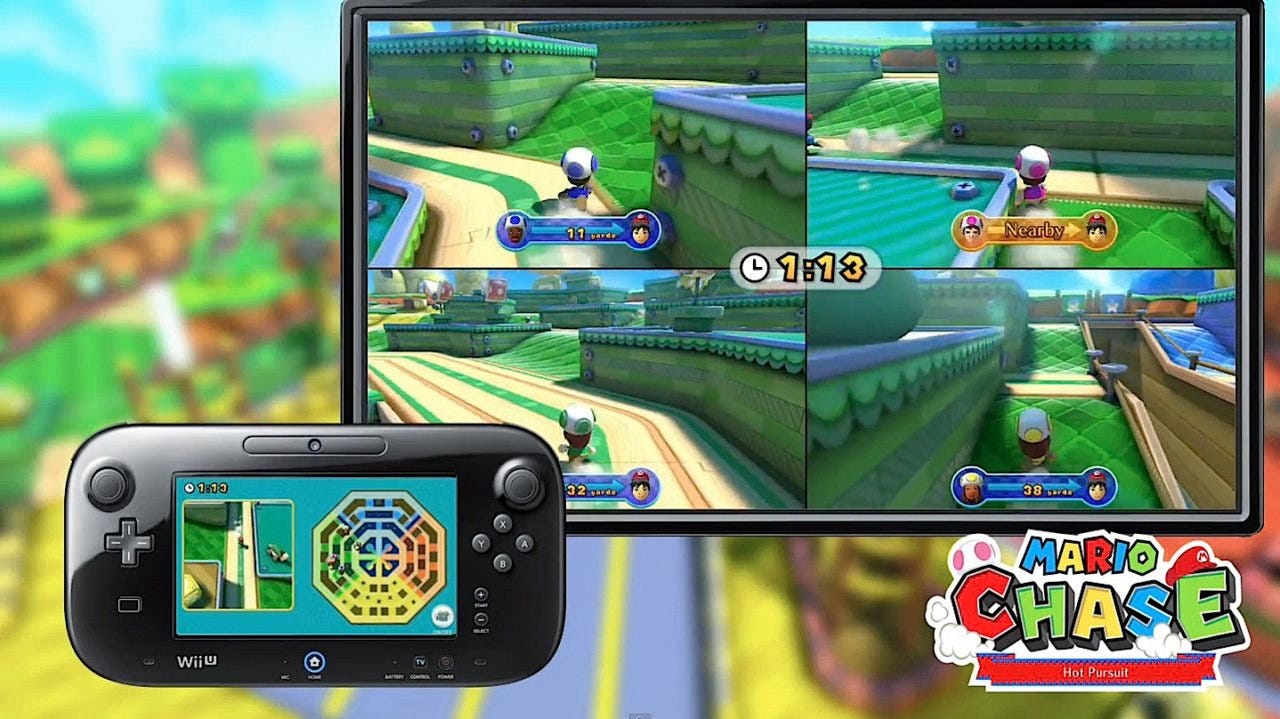
Let's start with Mario Chase. It's essentially a giant game of tag. One player dresses up as Mario (oh yeah, you're all little cartoony representations of yourself called Miis) and runs away from the other four characters, who are all dressed as Toad. The Toads can only see what's in front of them and a little number that tells them how far away they are from Mario. Mario, using the GamePad, can see the entire arena, letting him more easily evade the Toads.
It's a simple game, but also one of the most fun multiplayer party games I've ever played. With Nintendo Land, a group of people can work together for a common goal while still retaining that edge of competition. It also relies a bit less on individual skill, unlike a game like Mario Kart or Super Smash Bros, which can be a bummer to play if you have uneven skill levels amongst your group. They're like more in-depth Mario Party mini-games, without the pressure to play an entire board game.
Luigi's Ghost Mansion is a similar game: four players team up to explore a haunted house and capture a ghost, who is controlled by the player with the GamePad. The ghost is invisible to the players unless they shine their flashlight, which has limited battery. The ghost, however, can see everything on their GamePad screen. There's also Animal Crossing: Sweet Day, in which four players team up to collect candy and the player with the GamePad controls two guards, each controlled individually with the left and right joysticks. While there were other multiplayer attractions at Nintendo Land, these three games all just clicked as natural party games.
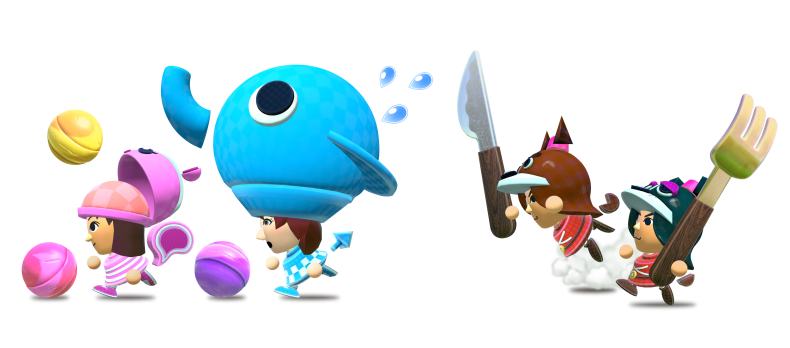
By the time I bought a Wii U in 2014, Nintendo was already turning internally to its next console, the Nintendo Switch. The Switch merged Nintendo's home and handheld consoles, evolving and polishing several of the ideas that the Wii U explored a few years earlier. Since launching the Switch in 2017, Nintendo has sold almost 104 million units, just surpassing the original Wii's 101.63 million units. This isn't to say that Nintendo is unappreciative of the Wii U. Over the last five years, Nintendo has ported over most of their first-party games to the Switch; two of them, The Legend of Zelda: Breath of the Wild and Mario Kart 8 Deluxe are the fourth and first best-selling Switch games, respectively.
In fact, there are just a handful of first-party Wii U games that haven't made it to the Switch. You guessed it—Nintendo Land is one of them. I understand why it might be difficult to port; it relies on a controller that no longer exists, for starters. To work at all, they'd probably need players to bring a second Switch console to the party, though it wouldn't be the first time Nintendo required multiple Switches for in-person multiplayer experiences.
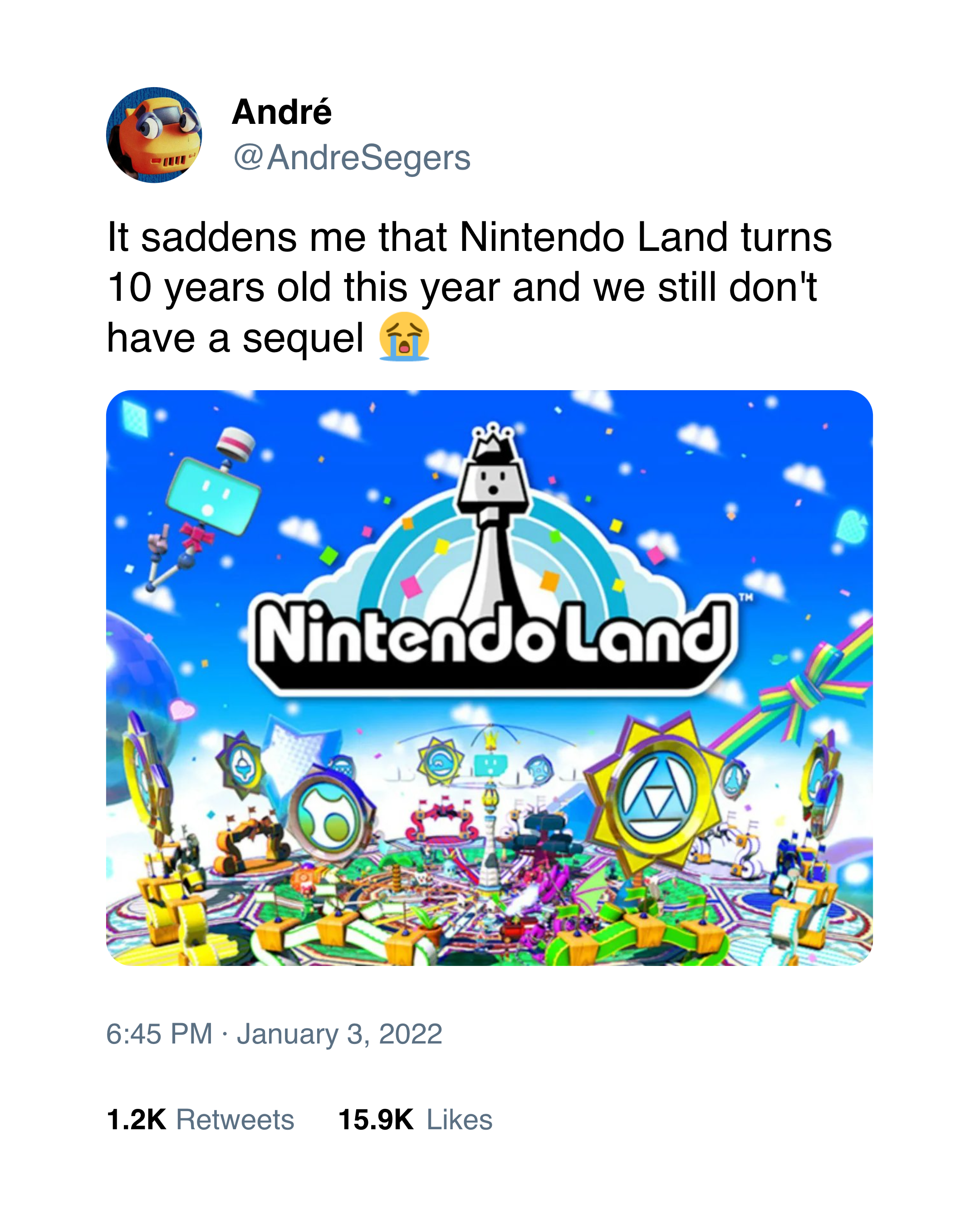
Do I miss Mario Chase enough to pull out my Wii U, which has been safely tucked away in a cardboard box since 2017? Honestly, after not really being able to have many in-person gaming parties over the last two years... maybe. It might just be the palate cleanser my friends and I need after a few years of lackluster virtual Zoom games.
Nintendo, if someone at your sprawling organization has a Google alert set up for "Mario Chase" and sees this, know that I would love a proper port, sequel, or spiritual successor. Personally, I believe Mario will live to be chased again.

